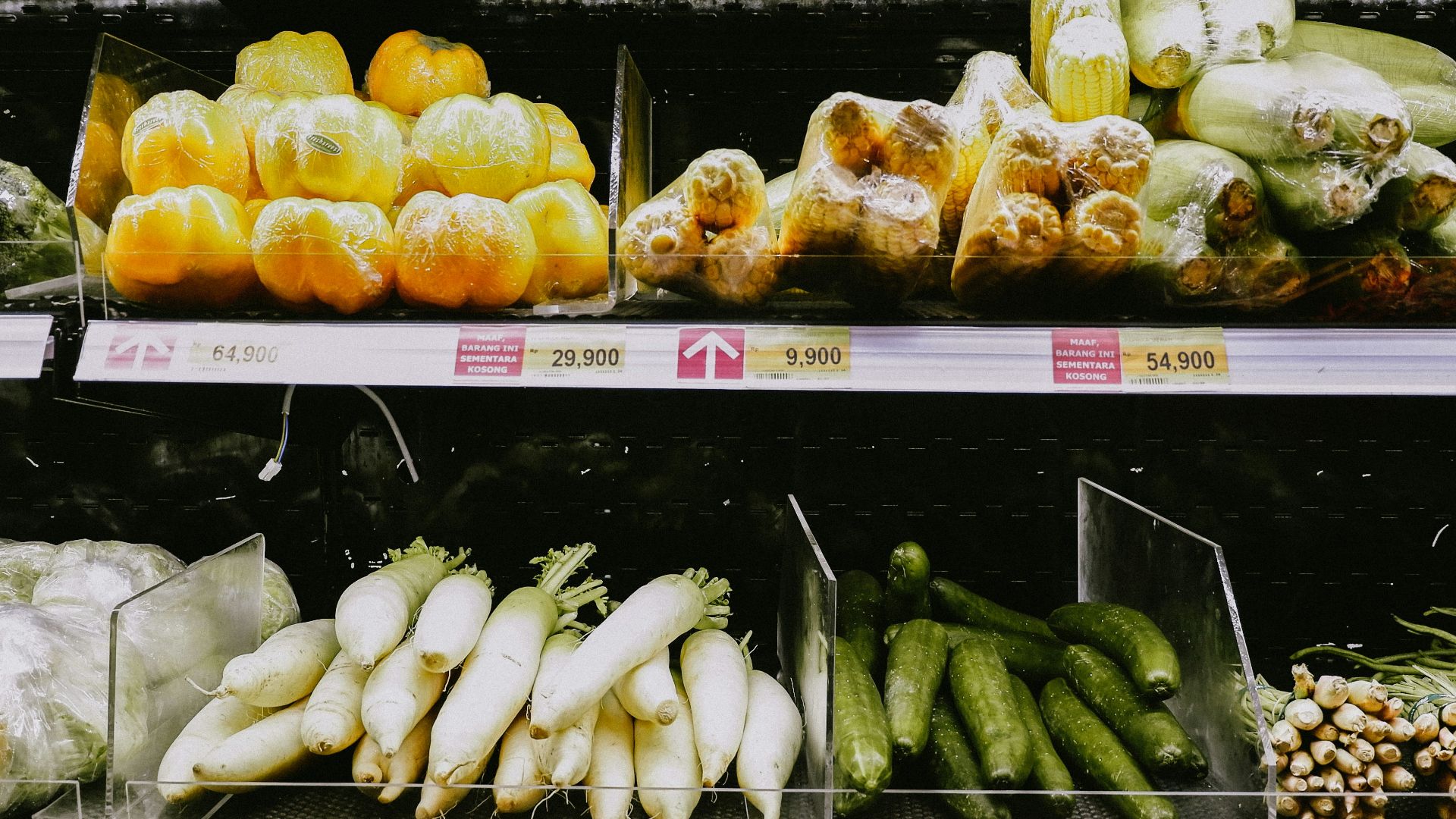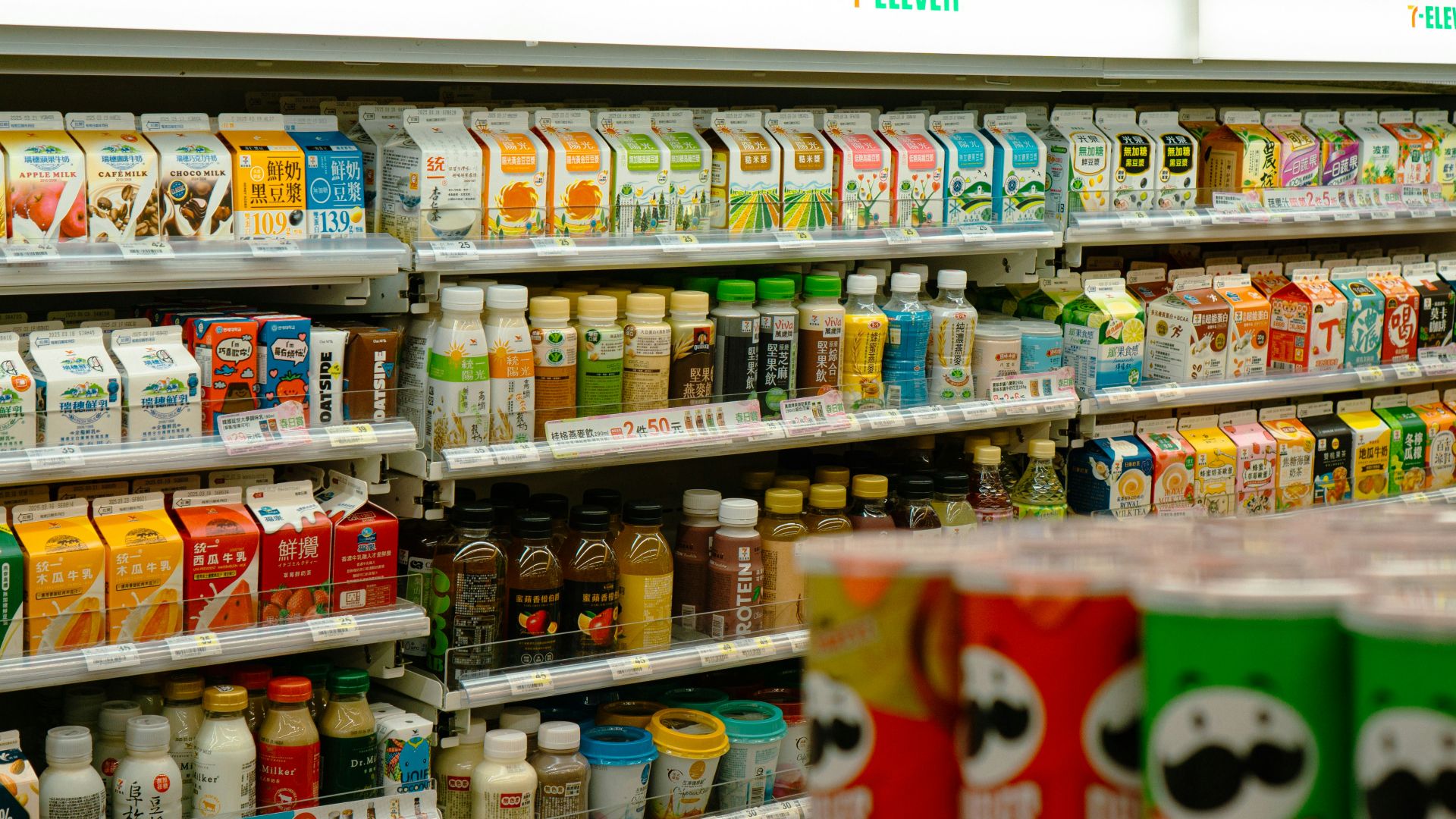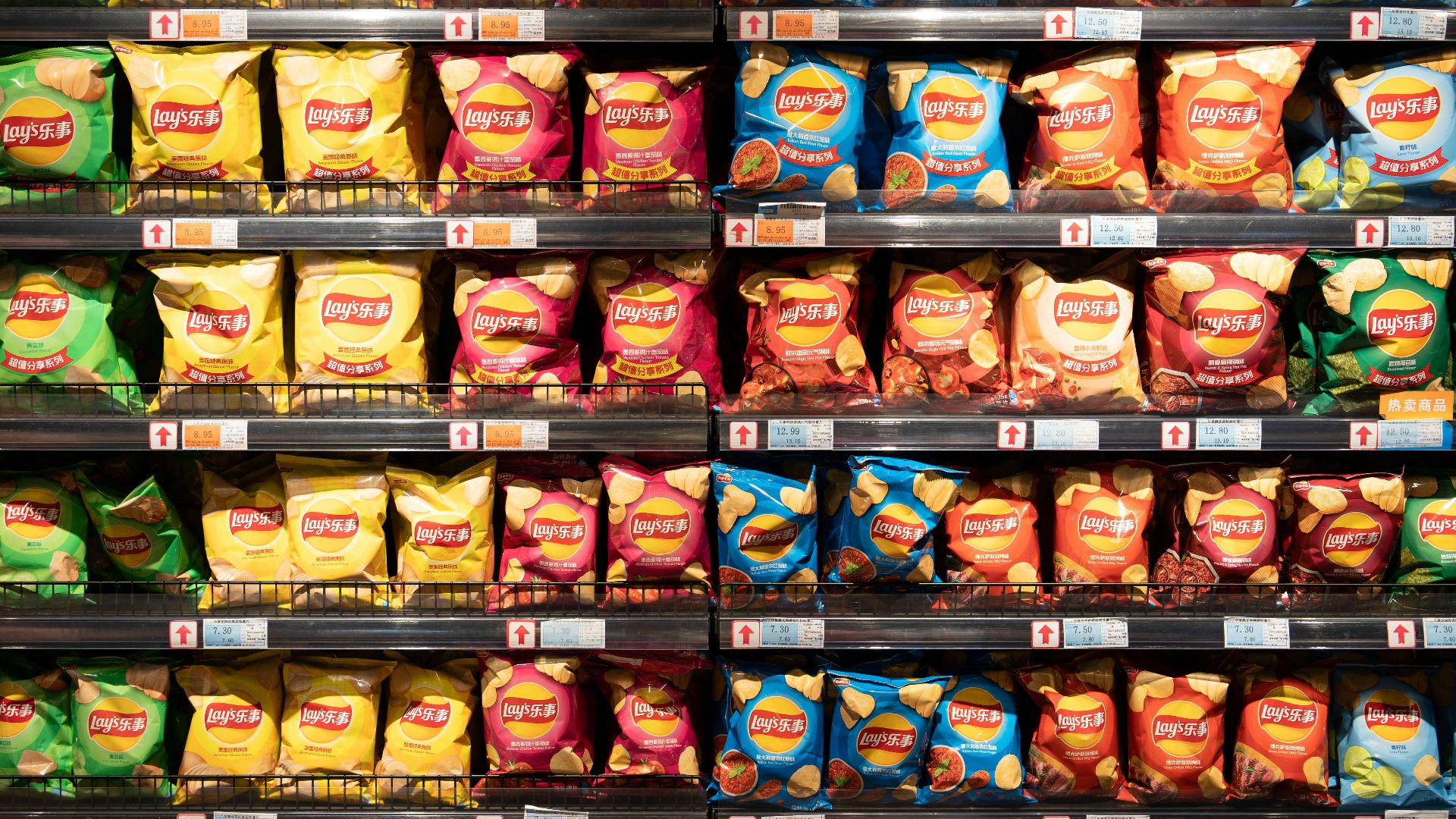 Devi Puspita Amartha Yahya on Unsplash
Devi Puspita Amartha Yahya on Unsplash
Grocery prices have increased across the country. Most of the U.S. already has expensive groceries, but some states have even more costly shopping experiences. Depending on which state you live in, you could be paying hundreds of dollars more per month on groceries. The price range in these states and the average grocery costs per month are reported here to show the disparity in grocery prices nationwide.
Grocery Prices Have Surged Nationwide
 Devi Puspita Amartha Yahya on Unsplash
Devi Puspita Amartha Yahya on Unsplash
New data is shining a national spotlight on grocery spending, and it’s uncovering some extreme inconsistencies from state to state. In a report released October 31, the U.S. Census Bureau revealed that between October 18 and October 30, the average U.S. household spent $270.21 per week on groceries. That works out to about $1,080 per month.
Grocery prices are also nowhere near where they were before the pandemic. The U.S. Department of Agriculture reports in its Consumer Price Index that between 2019 and 2023, the cost of food at home increased by 25%. A significant part of that can be attributed to the effects of the pandemic. Shutdowns and mandates resulted in major disruptions of supply chains that haven’t yet fully recovered, leading to shortages and wild fluctuations in pricing. The demand side of the equation also changed when millions of Americans found themselves at home cooking, baking, stocking up, and buying in bulk.
The States Paying the Most for Groceries
The national average of $270.21 per week is far exceeded in certain states. While the differences in other places might be negligible, states on this list suffer from unique challenges that have made groceries significantly more expensive.
Geography is of particular importance for these two states. Hawaii and Alaska have heavy dependencies on imported goods, which naturally causes their food prices to be higher.
Hawaii stands at the very top of this list, as residents of the Aloha State have to pay over $60 more on groceries each week than the average American family. Hawaii’s geographic isolation from the rest of the country causes extremely high import prices that get passed on to the consumer. Alaska is another island state with similar issues, while California has also made the list due to high transportation costs, labor expenses, and cost of living.
Curiously, Mississippi made the list too, a reminder that high grocery expenses are not just a coastal and high-cost-of-living problem. In some states, lower median incomes mean that even relatively affordable food can feel like a stretch.
The Bottom Line
Grocery bills are fast becoming the signature economic issue for tens of millions of Americans. Depending on where one lives, their local grocery costs may seem high simply due to geographic isolation, relatively high transportation expenses, or lower household income. Regional inflation has seen particular states, cities, and metropolitan areas experience grocery costs rising disproportionately relative to the national average. Tracking these trends can provide an important marker for both policymakers and families looking to understand their own budgetary pressures as inflation continues to upend the American economy.









